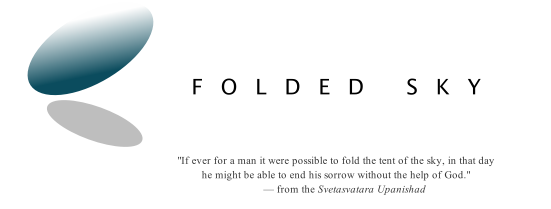 |
| Photo: Michael Hale |
The experiment is called OPERA (Oscillation Project with Emulsion-tRacking Apparatus), and lies 1,400 meters underground in the Gran Sasso National Laboratory in Italy. It is designed to study a beam of neutrinos coming from CERN, Europe's premier high-energy physics laboratory located 730 kilometers away near Geneva, Switzerland.[...]
'If you give up the speed of light, then the construction of special relativity falls down,' says Antonino Zichichi, a theoretical physicist and emeritus professor at the University of Bologna, Italy. Zichichi speculates that the 'superluminal' neutrinos detected by OPERA could be slipping through extra dimensions in space, as predicted by theories such as string theory."
— Scientific American
Read more...
" 'It would be the biggest physics discovery in a century because we'd have to completely revise everything from subatomic physics to what we know about how the universe evolved,' said Neil Turok, director of the Perimeter Institute for Theoretical Physics in Ontario, Canada.
Einstein's theory of relativity incorporates his crucial idea that the speed of light—about 186,000 miles a second—is a barrier that can't realistically be breached. In the famous equation E=mc² that equates mass with the energy contained within it, for example, the 'c' represents the speed of light. If particles go faster than light, things become troublesome.
Under such a scenario, an observer in a rocket ship traveling near the speed of light who was watching the Gran Sasso experiment taking place, 'would detect the neutrino before it was emitted—they'd see it going backwards in time,' said Dr. Turok."
— Guatam Naik, The Wall Street Journal
Read more...


